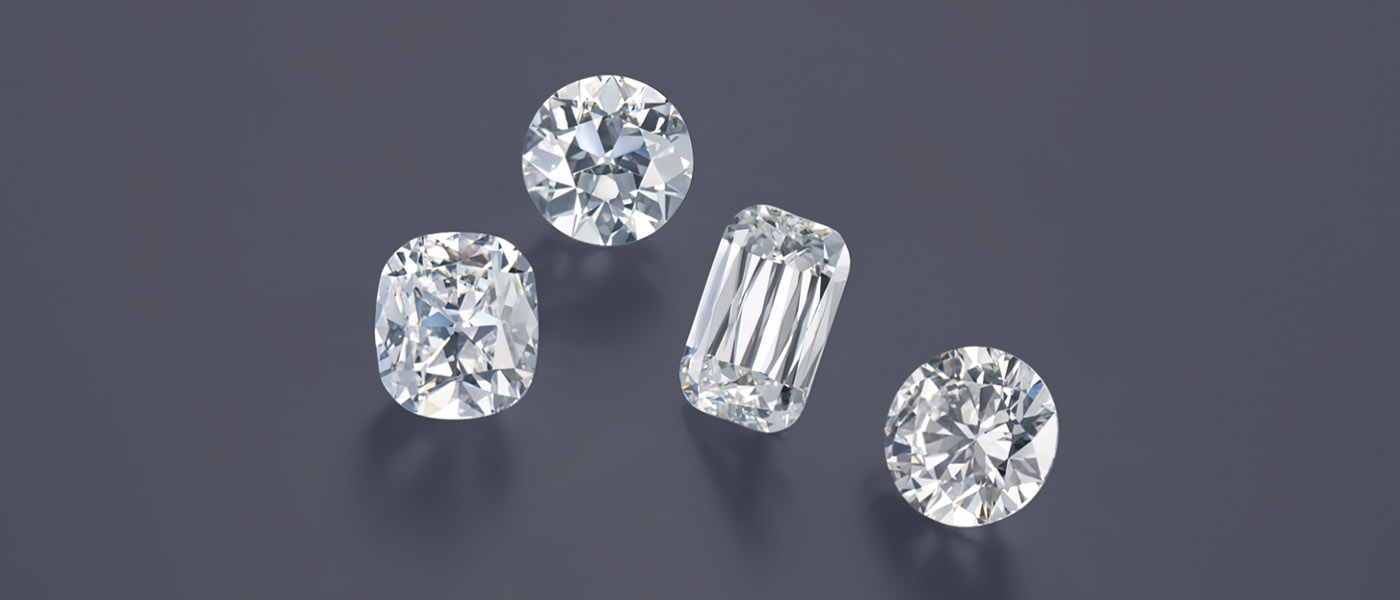Diamonds have fascinated humanity for centuries, captivating us with their timeless elegance and enduring value. If you’re about to embark on a journey to find the perfect diamond, chances are you have one burning question: what should I look for in a diamond? This article dives deep into the intricacies of diamonds, uncovering everything you need to know before making that sparkling purchase.
Introduction to Diamonds
Diamonds are more than just glittering gemstones; they symbolize love, luxury, and commitment. Their natural beauty and rarity have made them a coveted choice for engagement rings, jewelry, diamonds #1 question, and even investments. Understanding what sets diamonds apart is crucial for making an informed decision.
What Is the #1 Question About Diamonds?
Before delving into the technical aspects of diamonds, let’s address the elephant in the room: what exactly is the most common question people have about diamonds? Simply put, it’s “how do I choose the right diamond?” This question stems from the desire to find a diamond that not only fits within a budget but also meets personal preferences and quality standards.
Understanding Diamond Cuts
The cut of a diamond plays a pivotal role in its brilliance and sparkle. Diamonds are cut into various shapes, each affecting how light reflects and refracts within the stone. From the classic round brilliant to the intricate princess cut, each diamond shape has its own charm and brilliance factor.
Clarity: Seeing Through the Flawless Claims
Diamond clarity refers to the presence of internal and external flaws, known as inclusions and blemishes. While flawless diamonds are exceedingly rare and expensive, most diamonds on the market have some degree of imperfections. Understanding clarity grades helps buyers make informed choices based on their preferences and budget.
Color: Beyond the Sparkle
Contrary to popular belief, diamonds come in a spectrum of colors, from colorless to faint yellow or even fancy colors like pink or blue. The Gemological Institute of America (GIA) grades diamond color on a scale from D (colorless) to Z (light yellow or brown). The less color a diamond has, the higher its value and rarity.
Carat Weight: Size Matters
Carat weight refers to the diamond’s size and weight, not its quality. Larger diamonds are typically more expensive, but carat weight should be balanced with other factors like cut, color, and clarity. Choosing the right carat weight involves considering personal style, budget, and setting type.
Certification: Ensuring Authenticity
When purchasing a diamond, always look for reputable certifications from independent gemological labs like GIA, AGS, or IGI. These certifications verify the diamond’s quality and authenticity, providing peace of mind that you’re getting what you pay for.
Diamond Settings: Enhancing Beauty
The setting of a diamond can significantly impact its overall appearance and wearability. Whether you prefer a classic solitaire or a halo setting that enhances the diamond’s size and brilliance, understanding different setting styles helps in choosing the perfect piece of jewelry.
Conflict-Free Diamonds: Ethical Considerations
Ethical concerns surrounding diamond mining have led to the rise of conflict-free diamonds. These diamonds are sourced ethically, ensuring they do not contribute to human rights abuses or environmental degradation. Look for diamonds certified through initiatives like the Kimberley Process to support ethical practices.
Diamonds as Investments: The Long-Term Value
While primarily symbols of love and commitment, lab created diamonds can also be investments. Factors like rarity, quality, and market trends influence a diamond’s investment value. Investing in diamonds requires careful consideration of these factors and consulting with reputable jewelers or investment advisors.
Choosing the Perfect Diamond: Personal Preferences
Ultimately, choosing the perfect diamond boils down to personal preferences. Whether you prioritize size, brilliance, or ethical considerations, there’s a diamond that fits your criteria. Customization options allow you to create a unique piece that reflects your style and sentiment.
Caring for Your Diamonds: Maintenance Tips
Once you’ve found your perfect diamond, proper care is essential to maintain its beauty and brilliance. Regular cleaning with mild soap and water, avoiding harsh chemicals, and professional inspections ensure your diamond jewelry lasts a lifetime.
Popular Diamond Myths: Debunking Misconceptions
Myths about diamonds abound, from their indestructibility to misconceptions about their rarity. Separating fact from fiction empowers buyers to make informed decisions based on real knowledge rather than misconceptions.
Future Trends in Diamond Jewelry
The diamond industry continually evolves, embracing new trends in design, sustainability, and consumer preferences. From lab-grown diamonds to innovative jewelry designs, staying abreast of these trends helps buyers make forward-thinking choices.
Conclusion
Choosing the perfect diamond involves more than just aesthetics; it’s about understanding the intricacies that make each diamond unique. By educating yourself on factors like cut, clarity, and ethical considerations, you can confidently select a diamond that symbolizes your love and values.

